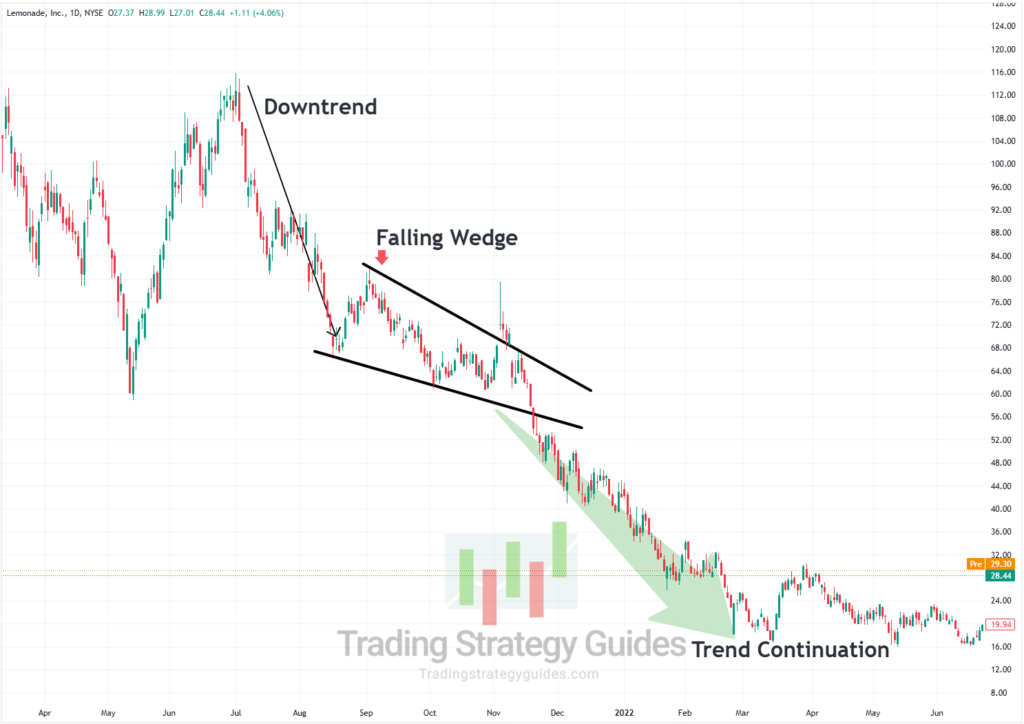Unlock the Power of Patterns: Get Your 2025 Stock Pattern Cheat Sheet
The Best Stock Patterns I’ve Used in My Trading Career
As a trader with years of experience, I’ve seen firsthand how mastering stock patterns can elevate your trading results.
Today, I want to share with you some of the most effective patterns I’ve personally used throughout my career.
I grabbed these stock chart patterns from Trading Strategy Guides
These patterns are timeless, backed by decades of market data, and have consistently helped me identify profitable opportunities.
Why Stock Patterns Matter
Stock patterns are more than just shapes on a chart.
They’re visual representations of market psychology, illustrating how collective emotions and decisions—like fear, greed, or confidence—manifest in price movements.
For example, a bull flag often reflects traders taking short-term profits during a strong uptrend, while new buyers step in, maintaining the momentum.
Understanding this behavior gives you a window into the market's sentiment and helps you anticipate the next move.
Whether you’re a beginner or a seasoned pro, understanding these patterns can:
Highlight golden trading opportunities.
Reveal when big money’s flowing into a stock.
Provide precise entry points and risk levels.
Let’s dive into the patterns that have played a key role in my success.
Continuation Patterns: Building Momentum
Continuation patterns indicate that a trend is pausing before continuing in its original direction. For instance, during a strong uptrend, I’ve frequently noticed bull flag patterns where the price consolidates within parallel lines before breaking out higher. Recognizing this setup has allowed me to confidently enter trades just as the next big move begins. Here are two of my favorites:
Bull Flags and Pennants: These patterns develop after strong upward moves. Bull flags consolidate within parallel boundaries, while pennants form with converging trendlines. Both signal that the price is gearing up for another explosive move.
Rising and Falling Wedges: These formations occur when price action narrows within sloping trendlines. Rising wedges indicate bearish continuations, while falling wedges signal bullish continuations.
These setups have been game-changers for me, especially during trending markets.
Reversal Patterns: Spotting Trend Shifts
Reversal patterns have helped me identify when trends are about to change direction. Two stand out in my trading career:
Inverse Head and Shoulders: This bullish reversal pattern consists of three troughs, with the middle one being the deepest. It’s a reliable signal of powerful upward reversals.
Double Top/Bottom: When price tests a key level twice without breaking it, a double top signals bearish reversals, while a double bottom indicates bullish reversals. These patterns have saved me from staying on the wrong side of a trade.
Bilateral Patterns: Navigating Uncertainty
Bilateral patterns form when market forces are in equilibrium, offering opportunities for both trend continuation and reversal. My go-to bilateral patterns are:
Channel Patterns: Prices oscillate between parallel support and resistance lines. These patterns provide clear breakout and reversal opportunities.
Symmetrical Triangles: Formed by converging trendlines, these triangles signal a breakout in either direction. I’ve often used these to trade volatile markets.
Lessons from Imperfect Patterns
One of the biggest lessons I’ve learned is that real-world patterns are rarely textbook perfect.
For example, I once spotted a double bottom pattern that didn’t form with perfectly aligned lows, but the overall structure and volume confirmed the setup.
By trusting the underlying psychology and focusing on risk management, I turned what seemed like an imperfect pattern into a highly successful trade.
IF you want to learn more about my best strategy you should read my book The Complete Trading System
It’s crucial to understand the psychology behind them rather than fixate on exact measurements.
Adjusting to slight variations and focusing on risk management has made all the difference in my trading journey.
Happy trading,
Casey Stubbs
Founder, Trading Strategy Guides
P.S. I want to hear from you!
If you found this article helpful, make sure to like this post and leave a comment.
Let me know which pattern you’re most excited to use, or share specific challenges or successes you’ve had with these patterns.
I’d also love to hear your ideas for future topics—your feedback shapes our content! Your feedback drives our content!
Get Access To My LinkTree








